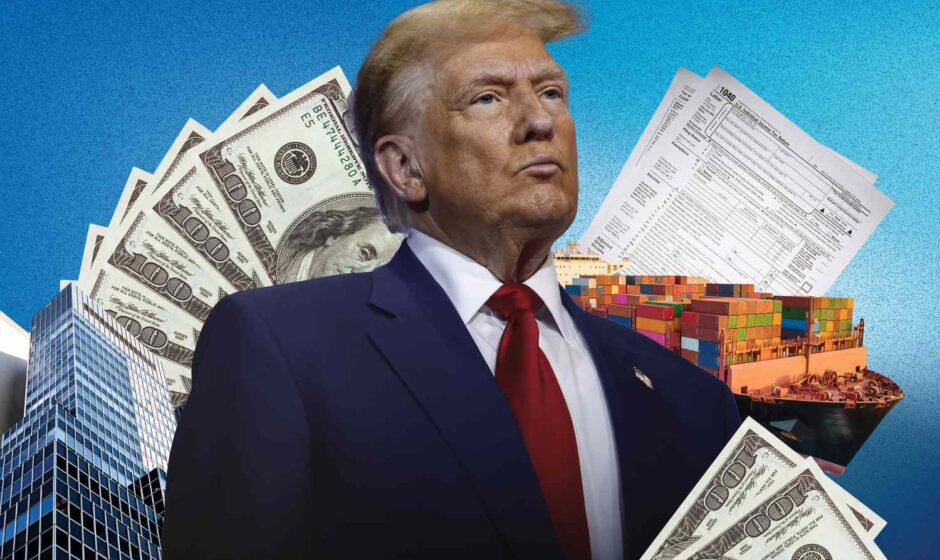In the wake of Donald Trump’s recent electoral victory, Indian marine exporters are optimistic about a potential resurgence in seafood exports to the United States. They believe that a revitalized US economy could lead to increased consumer demand, particularly for shrimp products. Currently, the US seafood market is experiencing sluggishness, characterized by surplus stocks in supermarkets due to an economic slowdown.
Shaji Baby John, Managing Director and CEO of Kings Infra Ventures, emphasized the significance of the US as a primary market for seafood, noting that India’s shrimp exports reached an impressive $2.9 billion last year, accounting for 40% of the nation’s total seafood shipments. He pointed out that while South American countries, particularly Ecuador, have been flooding the US market with seafood, a decline in shrimp production from Ecuador could create further opportunities for Indian exporters to penetrate the US market.
Conversely, Pawan Kumar G., the National President of the Seafood Exporters Association of India, expressed caution regarding the potential implications of Trump’s presidency. He highlighted Trump’s inclination towards imposing tariffs on seafood imports, which could pose challenges for the industry. “It is premature to predict the exact impact on our sector,” Kumar stated, acknowledging both the opportunities and uncertainties that lie ahead. He also noted that during his campaign, Trump hinted at the possibility of increased tariffs on imports from various countries.
Despite these concerns, Kumar remains hopeful, suggesting that Trump’s relationship with India may lead to more rational trade policies.
The introduction of Vannaemi shrimp in India in 2010 marked a significant turning point, with the US emerging as the major market for Indian shrimp until 2021. Exports surged from
KaTeX can only parse string typed expression1.2billionin2013−14to2.6 billion in 2021-22. However, in recent years, Ecuadorian shrimp has gained traction in the US market due to its higher production rates, allowing for competitive pricing and reduced shipping costs thanks to geographical proximity. Additionally, logistical challenges stemming from the Red Sea crisis have further complicated seafood shipments from India to the US.
As the Indian seafood industry navigates these evolving dynamics, stakeholders remain vigilant, weighing the potential benefits against the uncertainties of the new political landscape.

